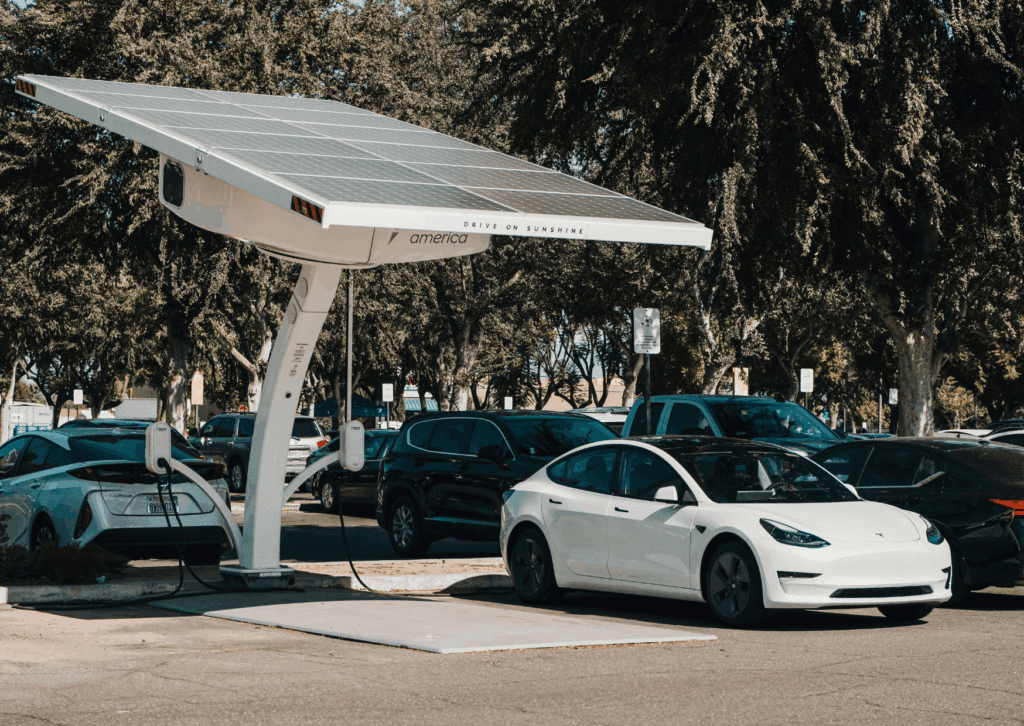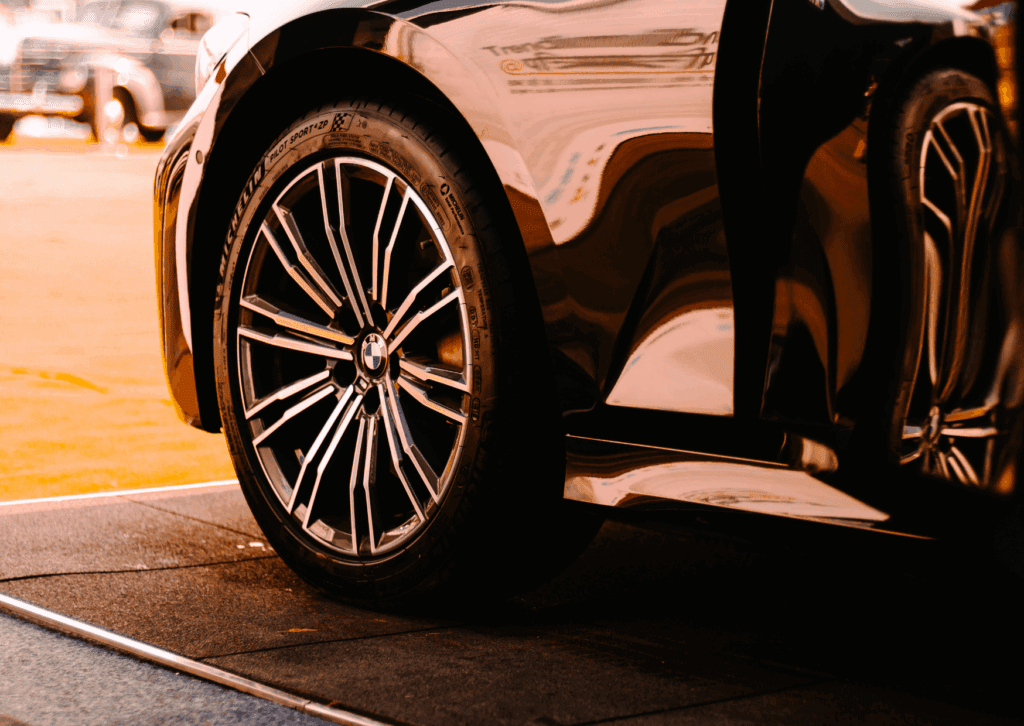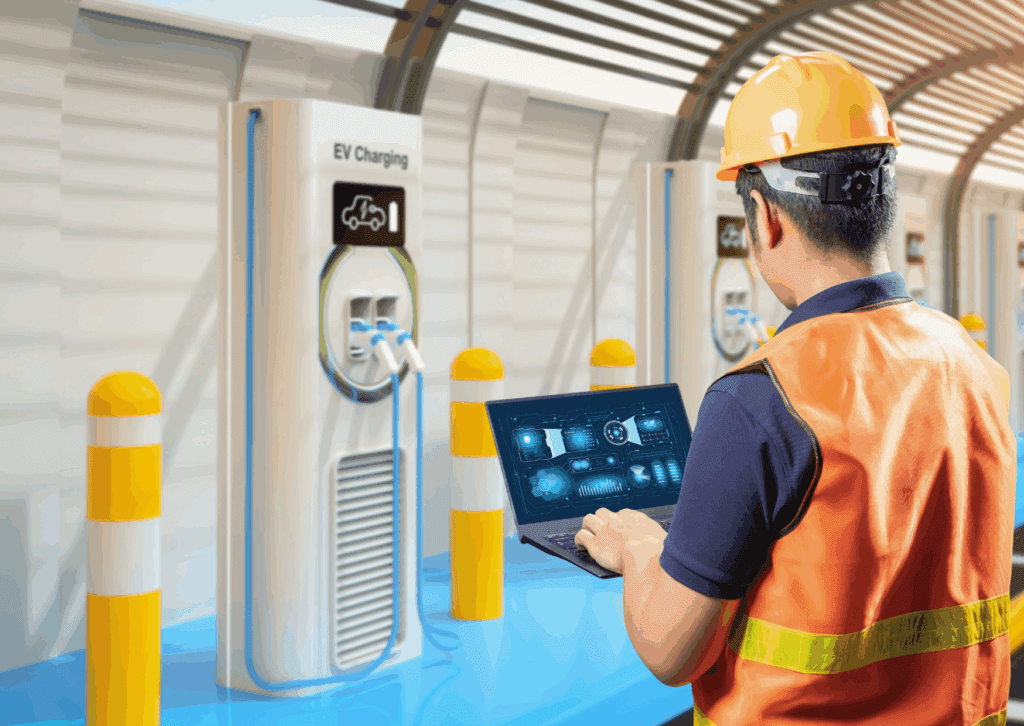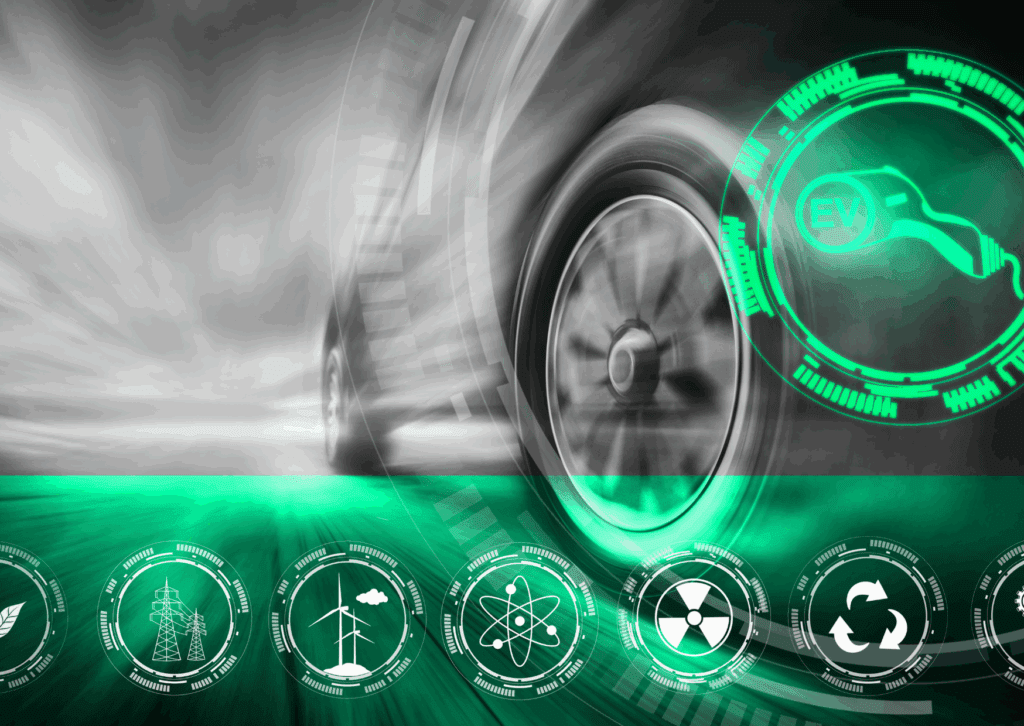Switching to an electric vehicle is exciting; you enjoy quiet rides, fewer trips to the gas station, and less maintenance than conventional vehicles, but EVs still need proper care to stay safe and reliable. Instead of focusing on regular oil changes or spark plugs, an electric vehicle maintenance schedule highlights tasks like monitoring battery life, scheduling tire rotation, keeping brake fluid and coolant in check, and staying current with software updates. For many EV owners, knowing when and how often to handle these items can feel confusing, but the right approach ensures peak performance, extends your car’s lifespan, and prevents small issues from becoming costly problems.
Electric Vehicle Maintenance Schedule Essentials for EV Owners

Every car requires maintenance, but electric vehicles (EVs) redefine what that means. An electric vehicle maintenance schedule centers on systems unique to EVs while still covering many of the basics familiar to owners of gas-powered cars. For example, you no longer need to worry about engine oil, spark plugs, or regular oil changes. However, EVs still require service on items like brake fluid, coolant, tires, and cabin air filters.
EV owners should remember:
- All electric vehicles still need regular checks to maintain safety.
- An owner’s manual is the best reference for intervals.
- EVs have fewer moving parts than conventional vehicles, so they typically require less maintenance.
- Regenerative braking systems and fewer fluids mean fewer trips to a dealership or service center.
The maintenance schedule is about balance, acknowledging that EVs have less maintenance than gas-powered cars, while still requiring attention to core systems that ensure safe, reliable driving.
Brake Pads, Regenerative Braking, and Brake Fluid in the Maintenance Schedule

Brakes are one of the biggest surprises for new EV owners. Thanks to regenerative braking systems, which slow the car by reversing the motor to generate energy, brake pads can last much longer than in conventional vehicles. Many EV owners go tens of thousands of miles before replacing them.
That said, brakes aren’t “maintenance-free.” EVs still rely on traditional systems when regenerative braking isn’t enough. The brake fluid should be checked and replaced on a regular schedule, often every two to three years. Neglecting brake fluid can compromise braking performance and safety.
Key reminders for brakes:
- Brake pads wear more slowly but still require service.
- Brake fluid needs regular replacement, just like in gas-powered cars.
- Regenerative braking reduces wear but cannot replace physical checks.
This careful balance of fewer replacements with regular inspections keeps EV brakes safe, reliable, and cost-effective.
Tire Rotation and Tire Pressure as Core Maintenance Needs

One of the most important parts of any electric vehicle maintenance schedule is tire care. EVs are heavier than conventional vehicles due to large battery packs, and that weight puts added stress on tires.
- Tire rotation is typically needed every 5,000–8,000 miles. Skipping regular rotation may cause uneven wear.
- Monitoring tire pressure is crucial. Underinflated tires lower the range, increase wear, and can compromise safety.
- EV owners often find themselves replacing tires sooner than with gas-powered cars.
Because tires connect your EV to the road, treating them as a top priority in your maintenance schedule helps preserve mileage, improve range, and maintain safety.
Battery Life, Software Updates, and High-Voltage Systems Care

The battery is the single most important and costly component of an EV. Protecting battery life means following smart habits:
- Keep charge levels between 20% and 80% for daily driving.
- Avoid long exposure to extreme hot or cold temperatures.
- Use software updates to optimize performance and range.
- Follow coolant replacement guidelines for battery thermal management.
High-voltage systems generally require little hands-on maintenance but should always be inspected by trained service technicians. Attempting DIY work on high-voltage components can be dangerous and may void the warranty.
This mix of smart charging habits and regular updates keeps your EV’s battery healthy and ensures long-term peak performance.
Mileage-Based EV Maintenance for Long-Term Reliability

While EVs need less routine service than traditional vehicles, certain components still require attention based on mileage. Staying on top of these checks helps maintain performance, safety, and battery health.
- Tire Rotations (every 5,000–8,000 miles): EVs are heavier and deliver instant torque, which can wear tires unevenly. Rotating them regularly extends tire life and protects efficiency.
- Brake Fluid Replacement (every 20,000–30,000 miles): Regenerative braking reduces wear on brake pads, but brake fluid still absorbs moisture over time. Replacing it ensures reliable stopping power.
- Cabin Air Filter (every 15,000–20,000 miles): Clean filters protect the HVAC system and improve cabin air quality.
- Coolant for Battery Thermal Management (around 50,000–100,000 miles, depending on manufacturer): Some EVs require coolant replacement to keep the battery at an optimal temperature. Always follow your automaker’s specific schedule.
- Comprehensive Service Inspections: Most manufacturers also recommend full multi-point inspections at set mileage intervals (e.g., every 15,000 or 30,000 miles) to check suspension, steering, and software updates.
By combining smart charging habits with these mileage-based services, EV owners can protect their battery, reduce repair costs, and keep the vehicle operating safely for years to come.
Cabin Air Filter, Washer Fluid, and Exterior Lights in Regular Checks

While big items like batteries and tires get most of the attention, smaller tasks shouldn’t be ignored.
- The cabin air filter should be replaced every one to two years for comfort and HVAC efficiency.
- Washer fluid should always be topped off, especially in regions with snow or dust.
- Exterior lights need regular checks, since safety depends on visibility.
These items may seem minor, but they make a major difference in everyday driving comfort, visibility, and safety. They are also some of the least expensive and easiest services to perform.
Why EV Owners Have Fewer Maintenance Needs than Conventional Vehicles

EV owners enjoy fewer maintenance needs than gas-powered drivers, and this is one of the most appealing aspects of owning an EV. The lack of engine oil, spark plugs, and traditional transmissions means fewer moving parts and fewer chances for breakdowns.
Advantages include:
- Less maintenance thanks to fewer fluids and components.
- Fewer moving parts reduce wear.
- Regular maintenance focuses on simple items like fluids, brakes, and tires.
- EV batteries typically come with long warranties, often eight years or more.
Still, this does not mean EVs require no care. Neglecting even simple tasks like checking coolant, brake fluid, or tire pressure can shorten the lifespan of your EV or compromise safety.
The Role of Service Technicians, Assistive Technologies, and Accessibility Options

As much as EVs are simplified compared to conventional vehicles, they are also technologically advanced. Service technicians play an essential role in keeping them running safely.
- EV-trained technicians understand high-voltage systems and the right safety protocols.
- Features like assistive technologies, passthrough function, and accessibility options, including audioeye-enabled infotainment systems, often require software calibration.
- Relying on a trained professional ensures systems function correctly and safely.
Technology improves the driving experience but also requires expertise for maintenance and repair. A certified service technician is the safest choice whenever your EV requires service.
Cost, Safety, and Small Issues in Maintaining Reliable Driving

One of the smartest ways to keep EV ownership affordable is to prevent small issues from growing into big, costly ones.
- Regular maintenance checks save money over time.
- Proactive care improves safety, reducing risks of collision or breakdown.
- Addressing small problems, like tire wear or fluid top-offs, prevents expensive failures later.
EV owners should expect lower long-term costs compared to gas-powered cars, but those savings only come with proper upkeep. Think of your electric vehicle maintenance schedule as an investment in security, safety, and long-term reliability.
Ready for Expert Help with Your Electric Vehicle Maintenance Schedule?

When it comes to keeping your EV in top shape, the right service makes all the difference. For reliable inspections, brake fluid checks, tire rotation, battery care, and software updates, visit Metric Motors. Their experienced service team can handle the unique maintenance needs of all electric vehicles, helping you maintain peak performance and avoid costly repairs. Schedule an appointment today!
Final Thoughts: Why an Electric Vehicle Maintenance Schedule Matters
Owning an EV means enjoying fewer maintenance needs and lower costs than gas-powered cars, but it doesn’t mean skipping service altogether. An electric vehicle maintenance schedule ensures you stay ahead of brake checks, tire rotation, battery life, fluids, and software updates. By following your owner’s manual, relying on trained service technicians, and committing to regular checks, you’ll maintain your EV’s safety, reliability, and value for years to come.
Works Cited
Alternative Fuels Data Center. “Electric Vehicle Maintenance.” U.S. Department of Energy, https://afdc.energy.gov/vehicles/electric-maintenance. Accessed 21 Aug. 2025.
National Renewable Energy Laboratory. “A Cost-Benefit Analysis of Electric Vehicle Maintenance Compared to Conventional Vehicles.” NREL, https://www.nrel.gov/docs/fy21osti/78438.pdf. Accessed 21 Aug. 2025.
U.S. Environmental Protection Agency. “Electric Vehicle Resources.” EPA, https://www.epa.gov/greenvehicles/electric-vehicle-resources. Accessed 21 Aug. 2025.
Consumer Reports. “EVs Require Less Maintenance than Gas-Powered Cars.” Consumer Reports, https://www.consumerreports.org/cars/hybrids-evs/evs-require-less-maintenance-than-gas-powered-cars-a3797261979/. Accessed 21 Aug. 2025.
National Highway Traffic Safety Administration. “Tire Safety: Everything Rides on It.” NHTSA, https://www.nhtsa.gov/sites/nhtsa.gov/files/2021-11/Tires_InTheGarage_Infographic_102621_v1_-eng-tag.pdf. Accessed 21 Aug. 2025.
Consumer Reports. “How Often Should You Rotate Your Tires?” Consumer Reports, https://www.consumerreports.org/cars/tires/how-often-should-you-rotate-your-tires-a6498961903/. Accessed 21 Aug. 2025.
Tesla, Inc. Model 3 Owner’s Manual. Tesla, https://www.tesla.com/support/vehicle-maintenance. Accessed 21 Aug. 2025.
Frequently Asked Questions
How often should I follow my electric vehicle maintenance schedule?
Most EV owners should schedule service every 6 months for tire rotation and software checks, every 12 months for coolant inspections and battery diagnostics, and every 24 months for brake fluid flushes and cabin air filter replacements. Always check your owner’s manual for exact recommendations.
Do electric vehicles really need less maintenance than gas powered cars?
Yes. EVs have fewer moving parts, no engine oil, no spark plugs, and no transmission fluid, which means fewer maintenance needs overall. However, EVs still require service for items like brake fluid, tires, coolant, and software updates to maintain safety and peak performance.
How can I extend the battery life of my EV?
To preserve battery life, keep charge levels between 20% and 80% during daily use, avoid leaving the vehicle in extreme temperatures, and install software updates regularly. Following these practices helps keep EV batteries healthy and efficient for many years.
Why is tire rotation so important for electric vehicles?
Because all electric vehicles are heavier due to large battery packs, tires wear faster without regular rotation. Tire rotation every 5,000–8,000 miles balances wear, improves range, and ensures safety on the road.
What small issues should EV owners check regularly?
EV owners should keep an eye on tire pressure, washer fluid, brake fluid, coolant, cabin air filter, and exterior lights. Regular checks prevent small issues from turning into expensive repairs and help ensure safety and reliable driving.





